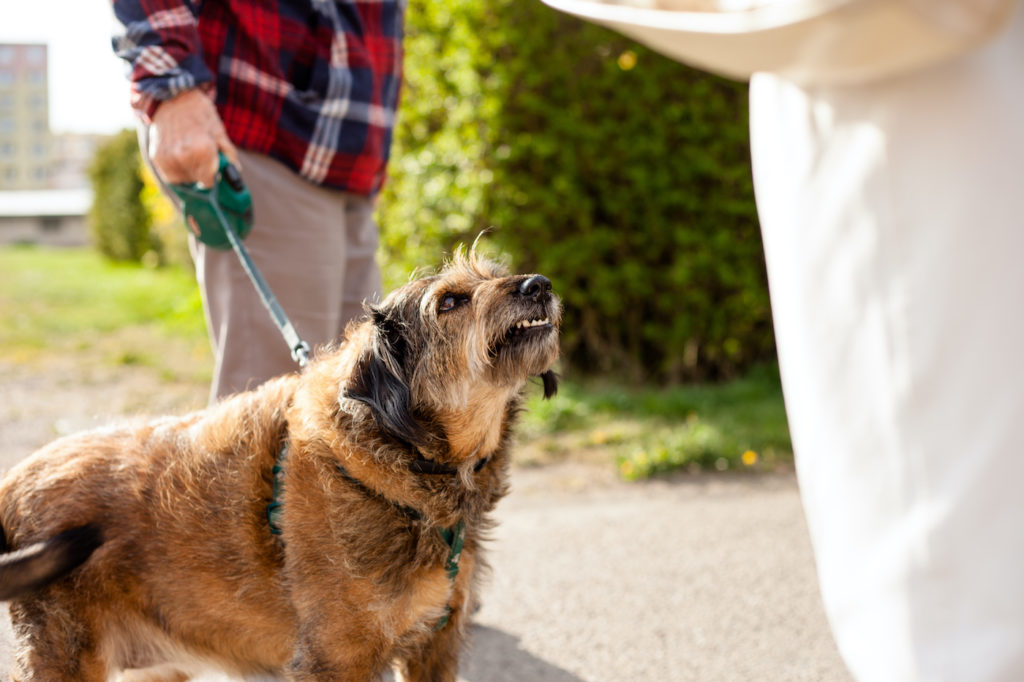We’ve all seen it – pet parents who waltz into dog parks and let their canines run amok without any consideration. Here’s how hormones and training play a role in this social environment, and what you can do to keep your pup safe.
The dog park can be an idyllic setting for you and your canine buddy: dogs happily playing and running freely while owners discuss common issues with fellow dog lovers, plastic bags and leash in hand. But thrusting dogs together at a dog park can bring its share of problems, including aggression. Add to this the fact that dogs may or may not be neutered, and the social mix may become even more unpredictable.
In the United States, over 80% of owned dogs have been neutered (termed “gonadectomy”). This renders them incapable of reproducing and helps to address the dog overpopulation problem. Removing the gonads also removes the gonadal hormones, and researchers are coming to understand that the lack of natural hormones is related to a long list of health and behavior issues in neutered dogs¹. That is why a growing number of dog owners prefer to preserve their dog’s hormones for long-term health and wellbeing. This may entail leaving the dog intact, which can work with appropriate oversight to avoid unwanted pregnancies. There are also methods to sterilize dogs while preserving hormones. Dogs receiving hormone-sparing sterilization cannot reproduce but have the health benefits of normal lifetime hormones.
So how does all this play out at the dog park? The first two factors to consider are quite simple:
- A female in heat is going to attract a great deal of attention from other dogs and this off-leash environment is probably not the best place for her.
- Owners of intact males entering a dog park should ask others if their female dog is spayed, so that owners can be vigilant to any issues.
Aggression is a trickier subject. Many of us have been taught that intact male dogs are more aggressive, and dogs are sometimes castrated to curb aggression. However, recent studies have not endorsed these beliefs. For example, a study of over 6000 dogs found that neutered males scored higher than intact dogs on a range of aggressive and fearful behaviors².
That said, while scientific studies on large numbers of dogs can provide generalizations about dog behavior, each owner at the dog park is responsible for their dog’s behavior. First and foremost, your dog must be properly trained. He or she should see you as the pack leader and come when called. Secondly, owners always need to monitor their dogs and understand enough about dog behavior to see when trouble is brewing. Signs of dog aggression include tensing of the body, holding head up high, and sometimes snarling with lips drawn back. Immediately call your dog to come when you notice such behaviors. Finally, if your dog is displaying poor behavior at the dog park, it is your responsibility to remove him or her from the area. These rules of etiquette apply to neutered or intact dogs alike.
On your outing to the dog park, you and your dog will encounter dogs with various backgrounds – intact, sterilized with hormone-preserving methods, or neutered. With each owner taking responsibility for his or her dog, the dog park can be an enjoyable and healthy place for all.
¹https://ivcjournal.com/spay-neuter-alternatives/
²https://journals.plos.org/plosone/article?id=10.1371/journal.pone.0196284
Reproduced from the Animal Wellness blog.



